
|
|
|
| synonym |
|
| description |
A dark, blackish species with an interrupted white dorsal longitudinal stripe. The crown is white, with a brown anterior marginal line interrupted at the apex; there is a transverse orange line between the anterior margins of the eyes, with a diamond-shaped mark anteriorly produced in the middle. The eyes are described as being brown with a white longitudinal line, but appear red or bicolored in some individuals. The face is a diagnostic intense black, sometimes with a small white medial dot below the crown margin and on the clypeus. The anterior third of the pronotum is orange with two small medial black or brown dots; the medial posterior two-thirds is white, sometimes with light yellow-orange areas in the middle, and the posterior third is whitish; there is a dark brown to black area laterally on each side of the pronotum. The scutellum has the anterior half [largely, usually] yellow-brown with two medial white bards with posterior black dots (in some individuals, the color is more reddish-orange than yellow-brown); the posterior half of the scutellum is white with lateral black dots. The wings are mostly black, with black venation; some cells though are white translucent [particularly down the commissure]. The coxae are black and the hind femur is sometimes light brown; the rest of the leg segments are yellowish-brown. The abdominal terga are dorsally brown, and laterally and ventrally white; the third sternum is brown, the remaining are brown and white. The male subgenital plates are narrow with two large medial setae. The pygofer is brown and white, with a dark brwno oblique bar near the posterior third. The female pregenital sternite is anteriorly white and posteriorly brown to black; the sternite is produced posteriorly, with a distinctive V-shaped notch in the median projection. Adult males are 4.9-5.3 mm long, females are 5.2-5.9 mm. (Barnett 1976)
For more images of this species, see: BG. |
| distribution |
Eastern and Midwestern United States; also eastern Canada (Barnett 1976) |
| abundance |
Uncommon, largely recorded from the mountains and Piedmont. |
| seasonal_occurrence | |
| habitat |
Mixed hardwood forest, forest edges, montane hardwood forests, other wooded areas, meadows, etc. |
| plant associates |
American elm, Juniperus spp., Opantia spp. (Barnett 1976) |
| behavior |
Can be attracted at night with a light. |
| comments |
This species has been confused and misidentified extensively with S. pullus online. The two species may have a similar thoracic and vertex pattern (though with distinctive differences), but differ in a couple notable ways. In S. melanotus, the face is a velvety black color, whereas in S. pullus the face is brown to dark brown, typically with a paler yellowish-brown central area. Additionally, the wings of S. pullus are largely dark brown, whereas in S. melanotus there is an interrupted longitudinal whitish band that continues down the commissure, contrasting with the rest of the wing which is mostly blackish and brown colored. Additionally, the female pregenital sternite slightly differs between the two species: in melanotus, the posterior projection tapers and has a defined median notch, whereas in pullus the sternite lacks any notch and does not taper. |
status |
[Native:]
[Introduced:]
[Extirpated:] | | list_type |
[Official:]
[Provisional:] |
| adult_id | Unmistakable and widely known Identifiable from good quality photos of unworn specimens
Identifiable from photos showing undersides, or other specialized views [e.g., legs, face]
Identifiable only by close inspection of structural features or by DNA analysis NULL |
| nymph_id | Unmistakable and widely known Identifiable from good quality photos, especially where associated with known host plants
Identifiable from close inspection of specimens or by DNA analysis
Identifiable only through rearing to adulthood NULL |
| G_rank |
|
| S_rank |
|
| rank_comments |
|
| tribe |
Scaphoideini |
| subgenus |
Scaphoideus |
Species Photo Gallery for Scaphoideus melanotus No Common Name |
 | Photo by: Kyle Kittelberger
Wake Co.
Comment: mixed hardwood forest habitat | 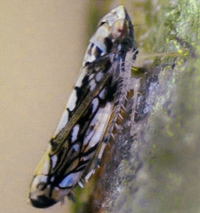 | Photo by: Kyle Kittelberger, Brian Bockhahn, Paul Scharf
Ashe Co.
Comment: mixed hardwood forest habitat |
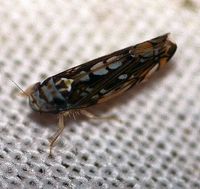 | Photo by: Paul Scharf, Kyle Kittelberger, Brian Bockhahn
Ashe Co.
Comment: Attracted to Black Light |  | Photo by: Paul Scharf, Kyle Kittelberger, Brian Bockhahn
Ashe Co.
Comment: Attracted to Black Light |
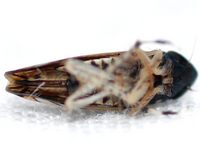 | Photo by: Kyle Kittelberger, Paul Scharf
Gates Co.
Comment: open, grassy area near mixed hardwood forest | 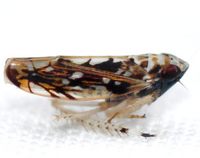 | Photo by: Kyle Kittelberger, Paul Scharf
Gates Co.
Comment: open, grassy area near mixed hardwood forest |
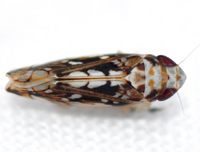 | Photo by: Kyle Kittelberger, Paul Scharf
Gates Co.
Comment: open, grassy area near mixed hardwood forest |  | Photo by: Paul Scharf
Warren Co.
Comment: Attracted to Light |
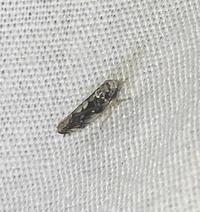 | Photo by: Randy L Emmitt
Orange Co.
Comment: | 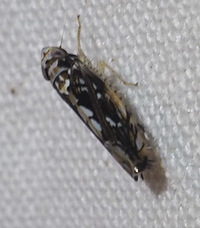 | Photo by: Randy L Emmitt
Orange Co.
Comment: uv lightrnhope this ID is right. |
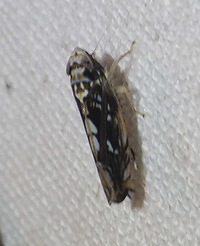 | Photo by: Randy L Emmitt
Orange Co.
Comment: uv lightrnhope this ID is right. |  | Photo by: Ken Kneidel
Yancey Co.
Comment: female, 5.4 mm |
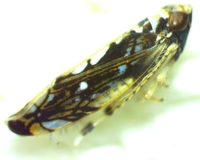 | Photo by: Ken Kneidel
Yancey Co.
Comment: female, 5.4 mm | 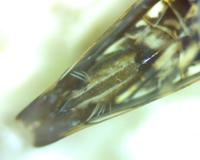 | Photo by: Ken Kneidel
Yancey Co.
Comment: female, 5.4 mm |
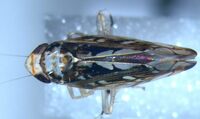 | Photo by: Bo Sullivan
Ashe Co.
Comment: | 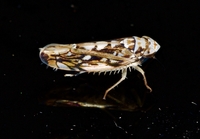 | Photo by: Jim Petranka
Madison Co.
Comment: Attracted to black light. |
 | Photo by: John Petranka
Orange Co.
Comment: Attracted to an entrance light. |  | Photo by: John Petranka
Orange Co.
Comment: Attracted to an entrance light. |
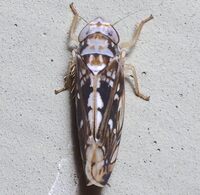 | Photo by: John Petranka
Orange Co.
Comment: Attracted to an entrance light. |

 »
»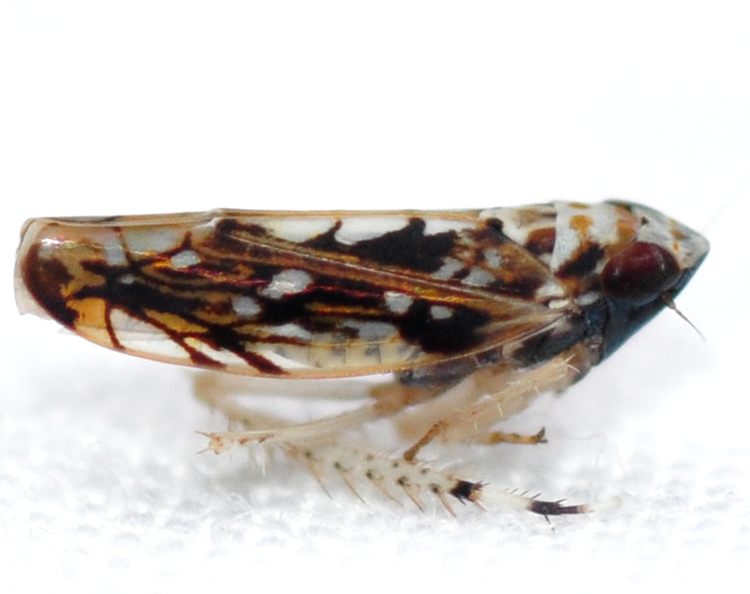
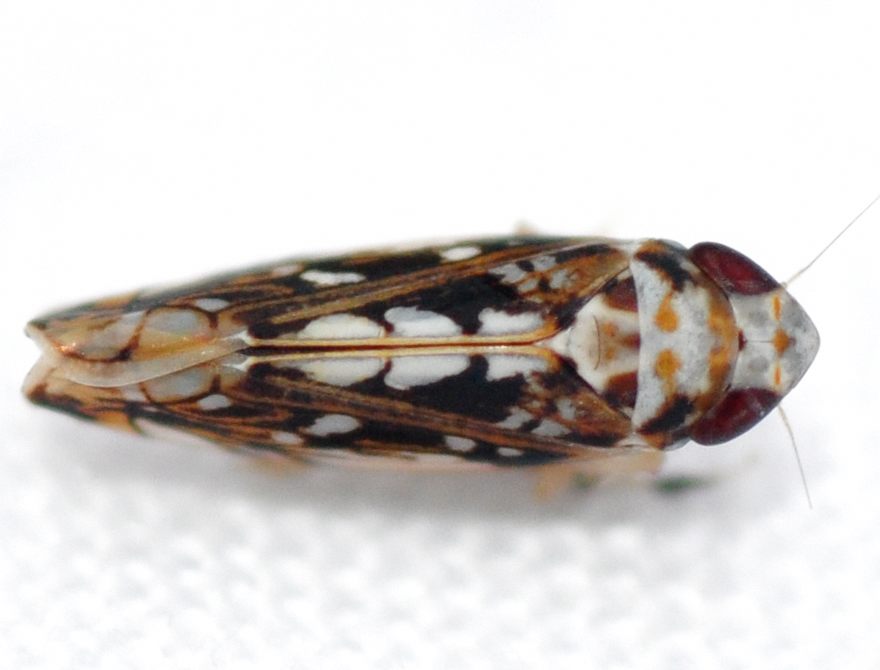
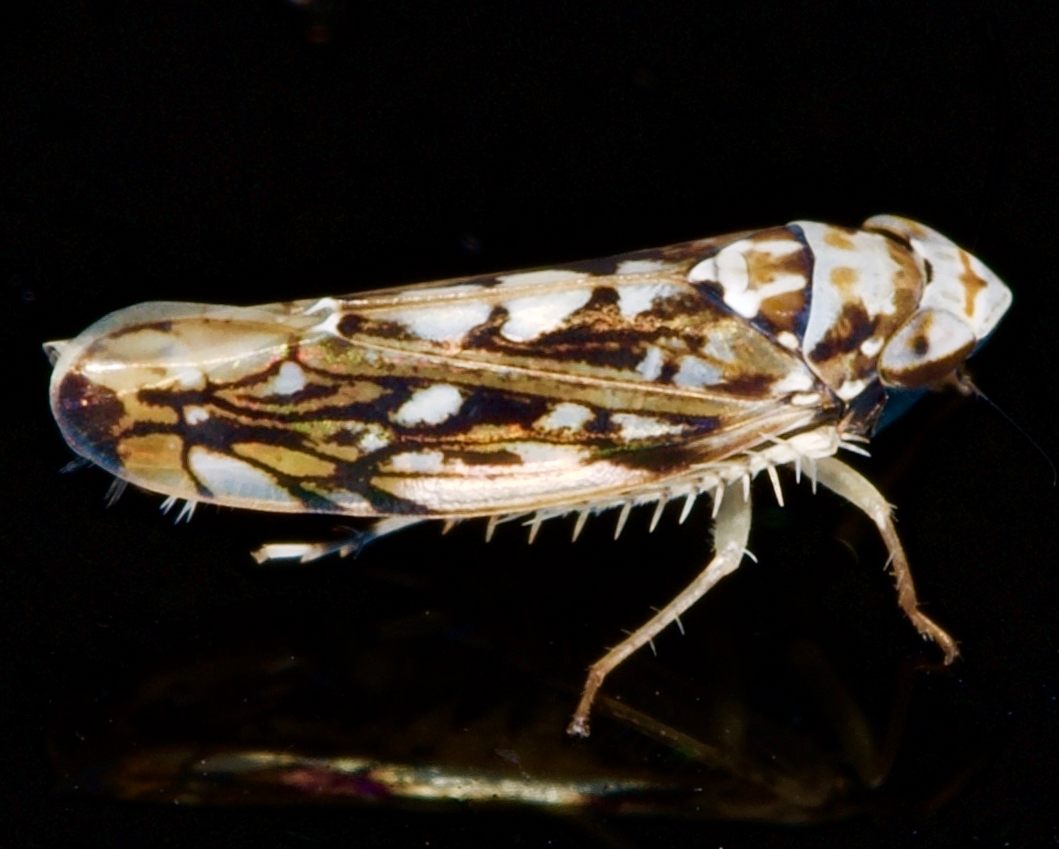
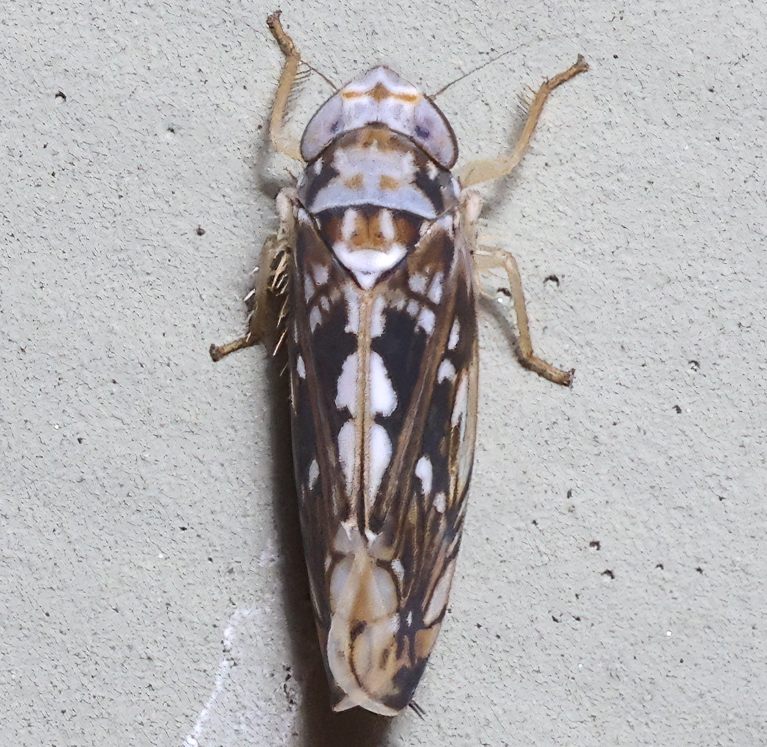

 »
»


